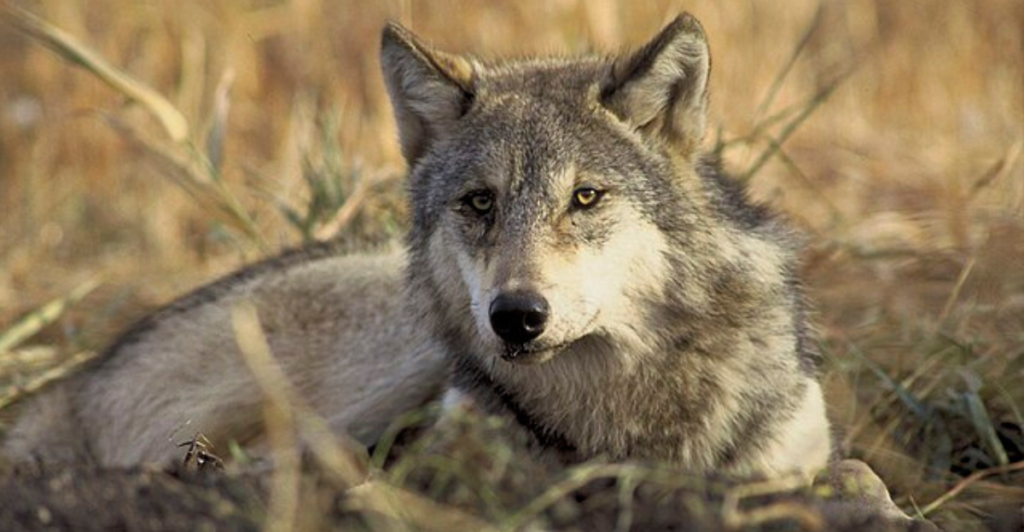
In the 1800s, westward expansion drastically impacted wolf populations in the United States. As settlers cultivated land, they disrupted ecosystems, reducing prey for wolves. With fewer natural food sources, wolves turned to livestock, leading to conflict. This resulted in widespread efforts to eliminate wolves through hunting and poisoning. By the mid-1900s, wolves were nearly eradicated from the lower 48 states, including Yellowstone, highlighting a period of ecological imbalance and human-wildlife conflict.
Yellowstone’s Early Predator Policies
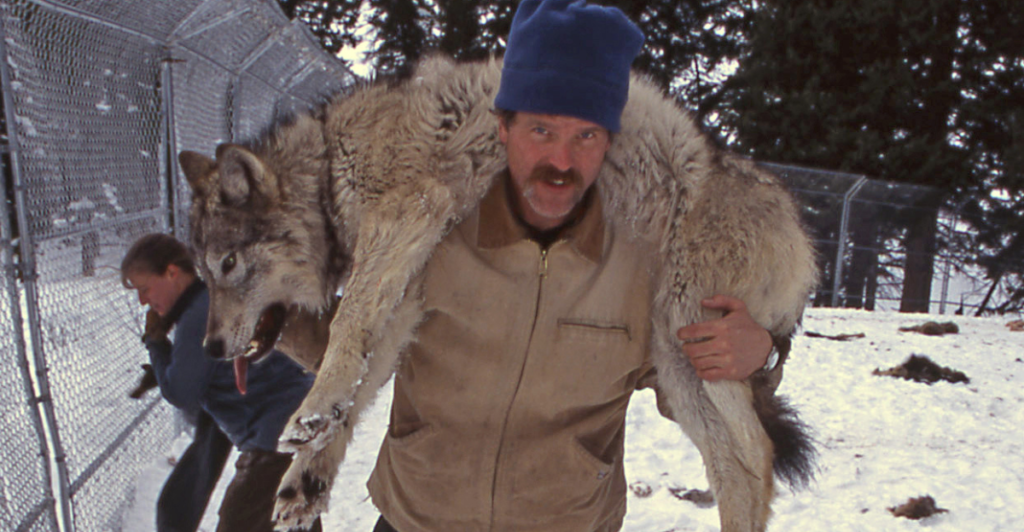
When Yellowstone was established in 1872, its wildlife policies were shaped by limited ecological understanding. Park managers, aiming to protect “desirable” species like elk and deer, participated in predator control, including wolf extermination. Between 1914 and 1926, at least 136 wolves were killed in the park. By the 1940s, wolves were almost absent, reflecting the era’s misunderstanding of ecosystems and predators’ role in maintaining ecological balance.
Wolves on the Brink of Extinction
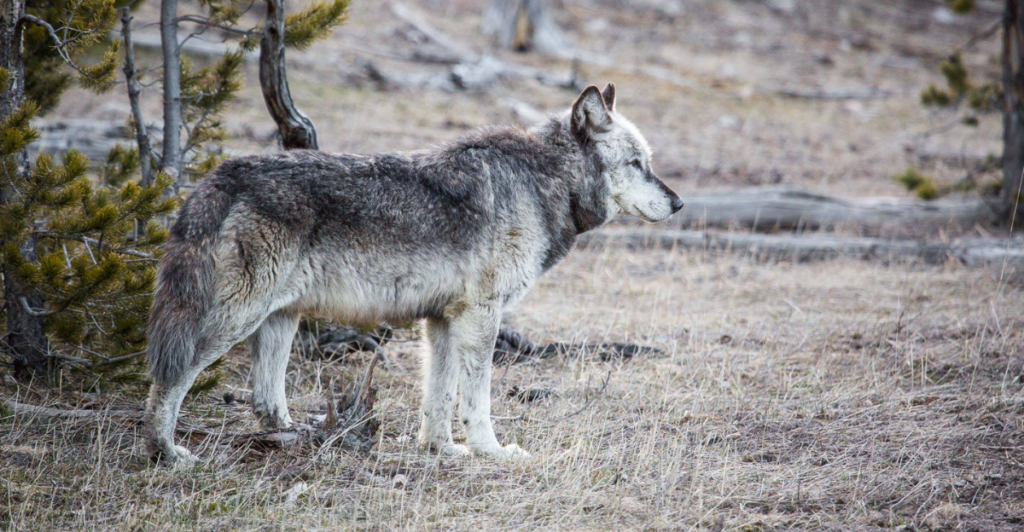
By the 1970s, extensive surveys confirmed wolves were no longer present in Yellowstone. Occasionally, lone wolves wandered into the region, but no breeding packs existed. The decline highlighted the consequences of predator eradication. However, hope began to emerge as wolf populations slowly re-established in parts of Montana during the 1980s, setting the stage for broader discussions about restoring wolves to their former habitats.
The Shift in Wildlife Management
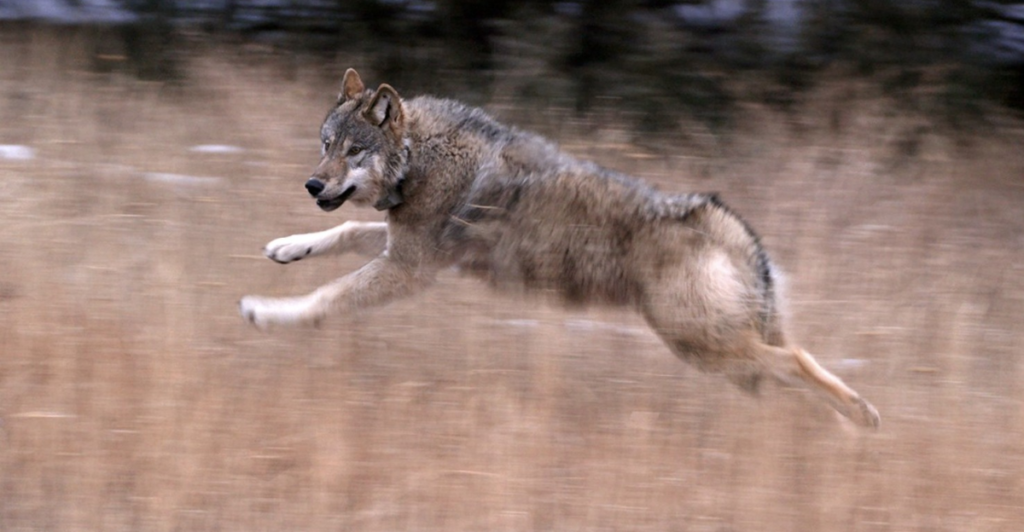
The 1960s brought a new era of wildlife management policies emphasizing natural population regulation. Laws like the 1973 Endangered Species Act reflected a growing awareness of environmental conservation. The act required efforts to restore endangered species, including wolves. These changes marked a turning point, with scientists and policymakers recognizing the importance of predators in ecosystems and proposing ambitious plans for wolf restoration in Yellowstone.
Planning for Restoration
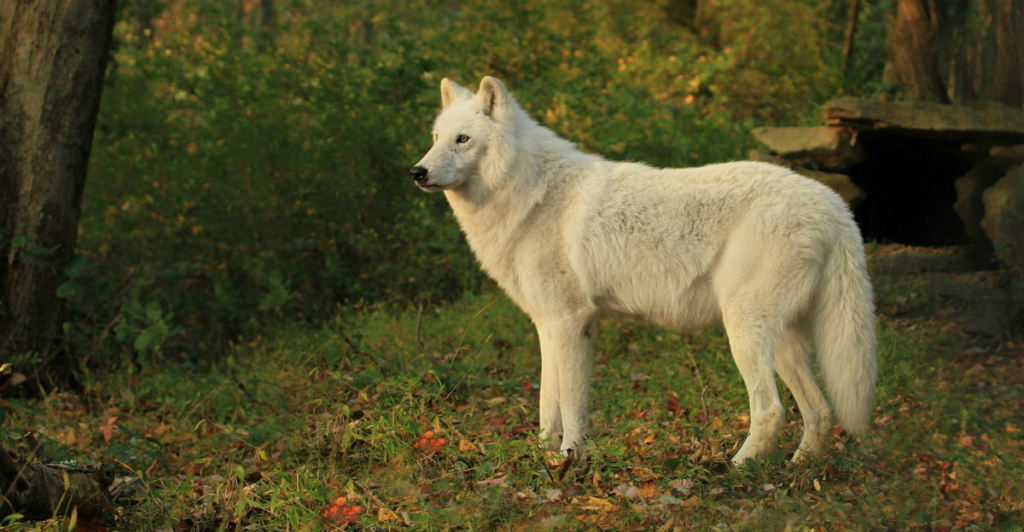
The 1987 Northern Rocky Mountain Wolf Recovery Plan proposed reintroducing wolves to Yellowstone as an “experimental population.” This designation allowed flexible management, addressing concerns from surrounding communities. Scientific studies suggested wolves would not significantly harm populations of other species, such as bison or deer. Instead, their return was expected to reshape ecosystems positively, reducing coyote numbers and benefiting smaller predators and scavengers.
Funding and Final Approvals
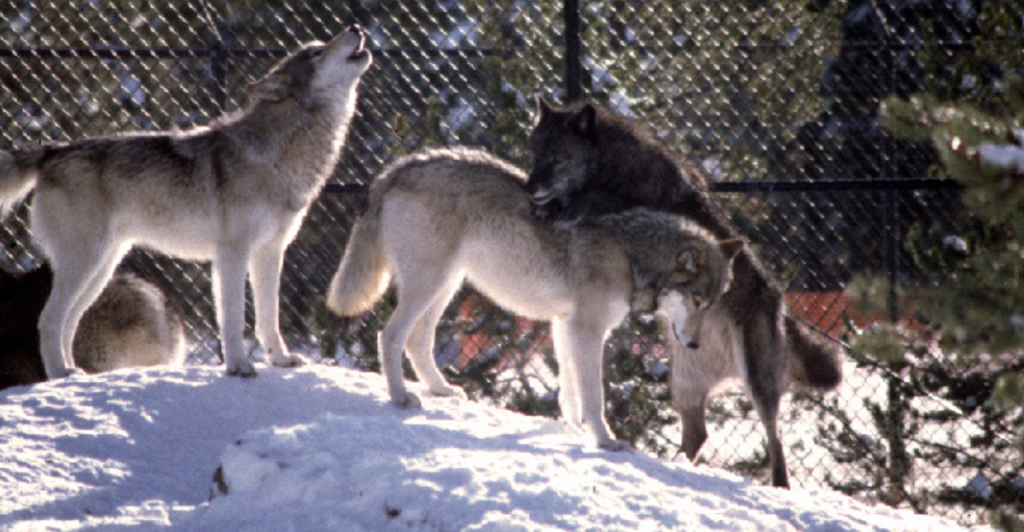
In 1991, Congress allocated funds to create an environmental impact statement (EIS) on wolf restoration. After years of study and public input, the Secretary of the Interior approved the plan in 1994. Teams from Yellowstone and partner organizations prepared release sites, ensuring minimal disruption to the landscape. Fenced acclimation pens were designed to house wolves temporarily, providing a smooth transition into their new environment.
Reintroducing the Wolves
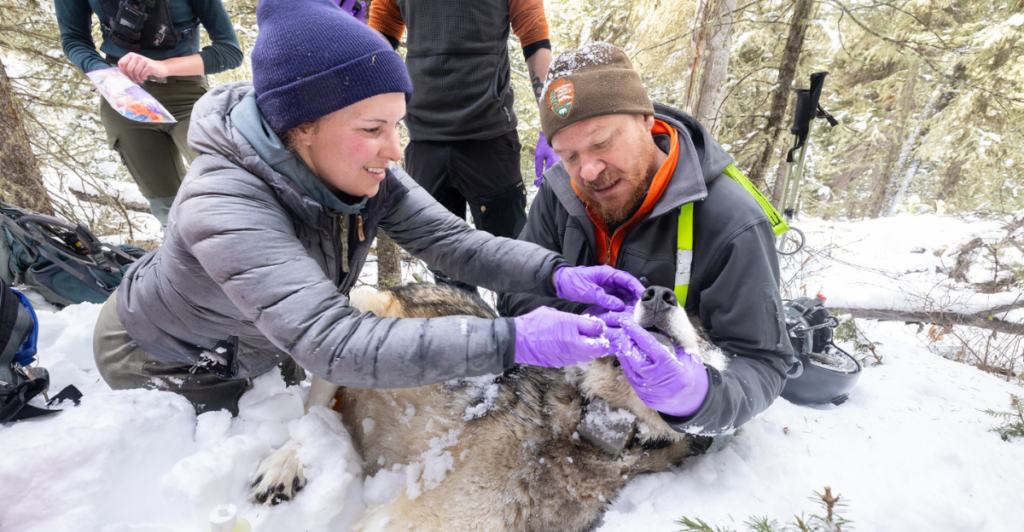
Between 1995 and 1996, biologists captured and relocated wolves from Canada to Yellowstone and central Idaho. In January 1995, 14 wolves were penned in Yellowstone, with additional groups brought in later. Each wolf was radio-collared for monitoring. The wolves, ranging in age from pups to adults, were fed naturally sourced prey and kept under close observation to ensure their health while minimizing human interaction.
Concerns About Human Interaction
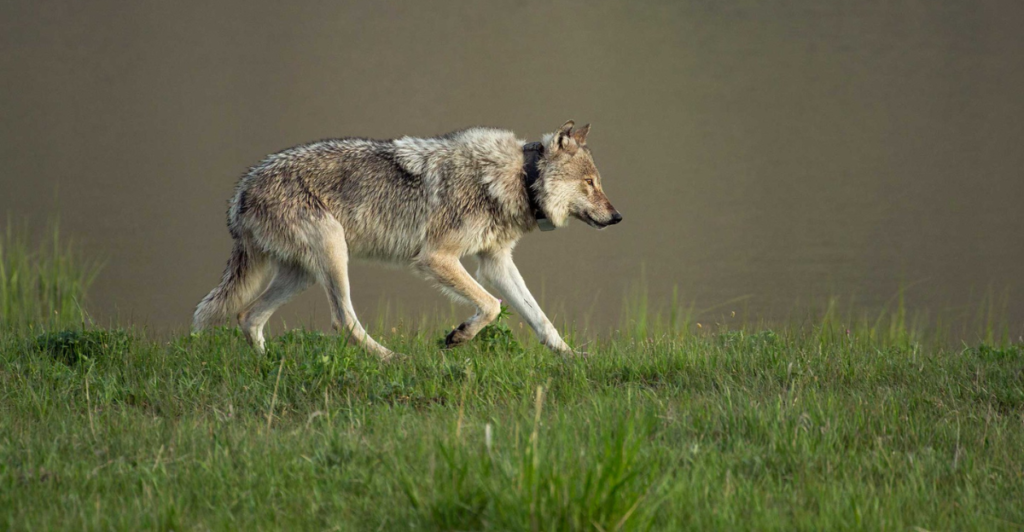
Some worried that wolves in acclimation pens might become accustomed to humans, weakening their wild instincts. However, biologists designed the reintroduction process to prevent habituation. Wolves were exposed to minimal human contact, and confinement reinforced their natural aversion to people. Once released, the wolves adapted quickly to their environment, reestablishing natural behaviors and avoiding human settlements.
Ecological Impacts of Wolves
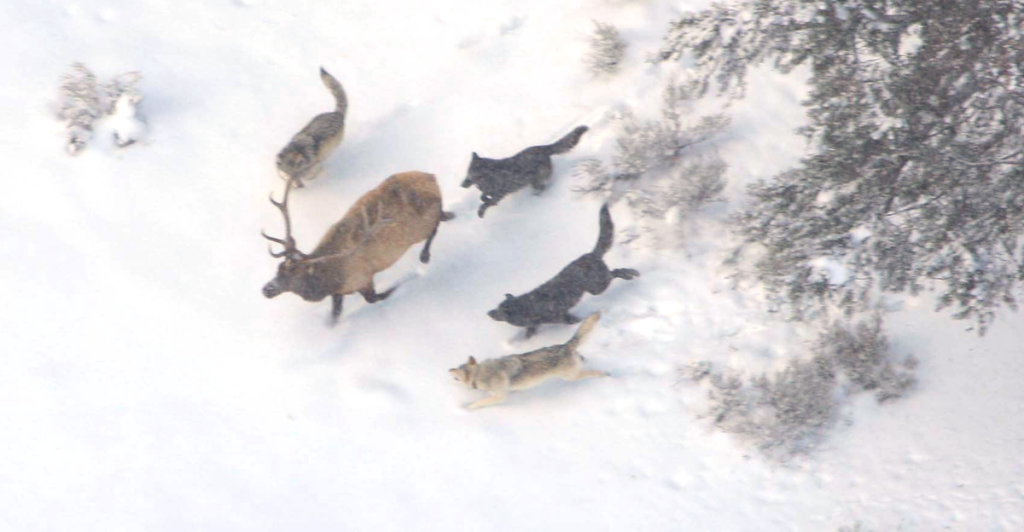
Preliminary studies showed that reintroduced wolves significantly impacted Yellowstone’s ecosystem. Wolves primarily preyed on elk, providing food for scavengers like ravens and bears. They also indirectly benefited vegetation by reducing elk grazing in certain areas, allowing species like willow and aspen to recover. Additionally, wolves suppressed coyote populations, creating opportunities for smaller predators and birds of prey to thrive.
Complex Predator-Prey Dynamics
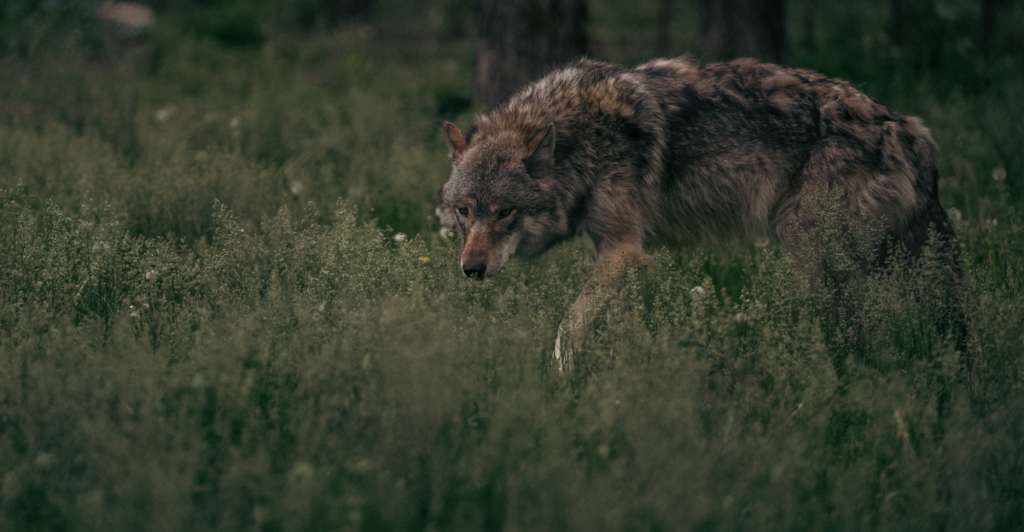
The effects of wolf recovery in Yellowstone proved more intricate than expected. Elk populations declined due to predation, and wolves influenced how elk used their habitat. Interactions with other predators, including bears and cougars, added complexity. While wolf predation reshaped the ecosystem, factors like winter severity, human hunting, and disease also shaped wildlife dynamics.
Legal Challenges to Wolf Recovery
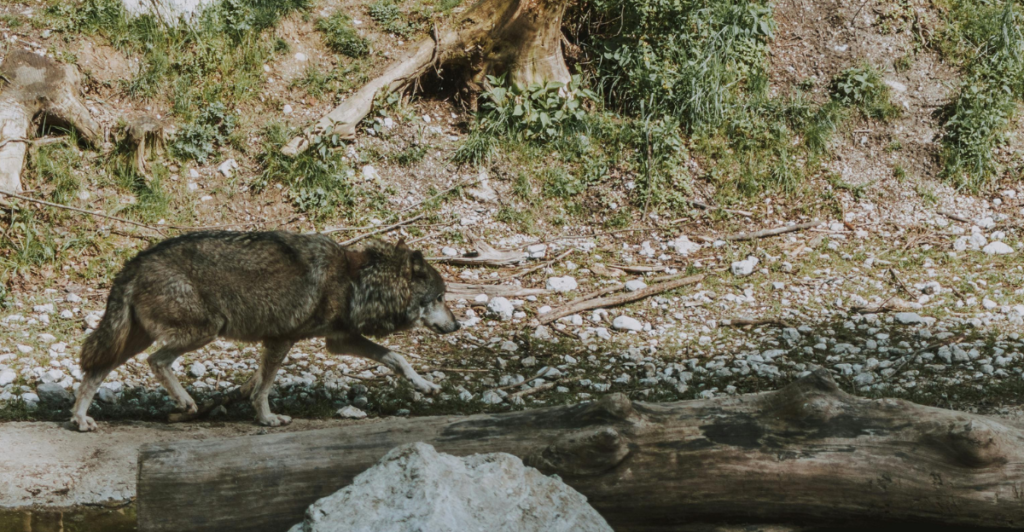
Wolf reintroduction faced legal opposition. In 1997, a court ruled the program violated the Endangered Species Act due to conflicts with existing wolf populations in Montana. Although the ruling initially ordered wolf removal, it was later reversed. Wolves remained in Yellowstone, and their population grew, supported by evolving legal frameworks and collaborative conservation efforts.
Delisting and Management Changes
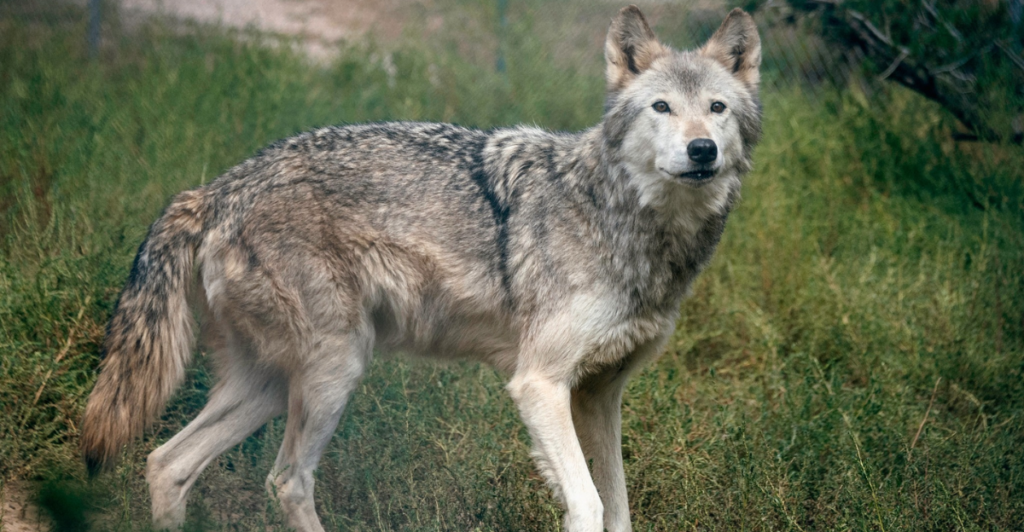
By 2008, the gray wolf population met recovery goals, removing it from the Endangered Species List in Montana, Idaho, and parts of Wyoming. However, lawsuits over state management plans resulted in relisting in some areas. Today, wolves are managed by state and federal agencies, with ongoing monitoring to ensure their populations remain stable while addressing conflicts with livestock and hunting interests.
Looking Ahead
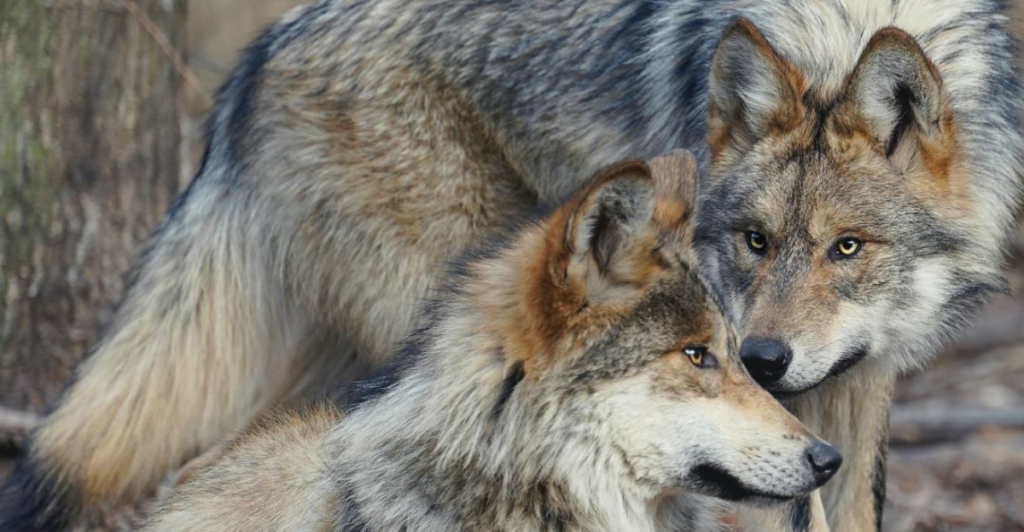
The future of Yellowstone’s wolves depends on balancing ecological needs with human interests. Wolf populations fluctuate with prey availability, hunting policies, and environmental factors. Continued research and collaborative management will ensure wolves remain integral to the Greater Yellowstone Ecosystem, fostering biodiversity and enriching one of the world’s most iconic national parks.
Stay connected with us for more stories like this! Follow us to get the latest updates or hit the Follow button at the top of this article, and let us know what you think by leaving your feedback below. We’d love to hear from you!







